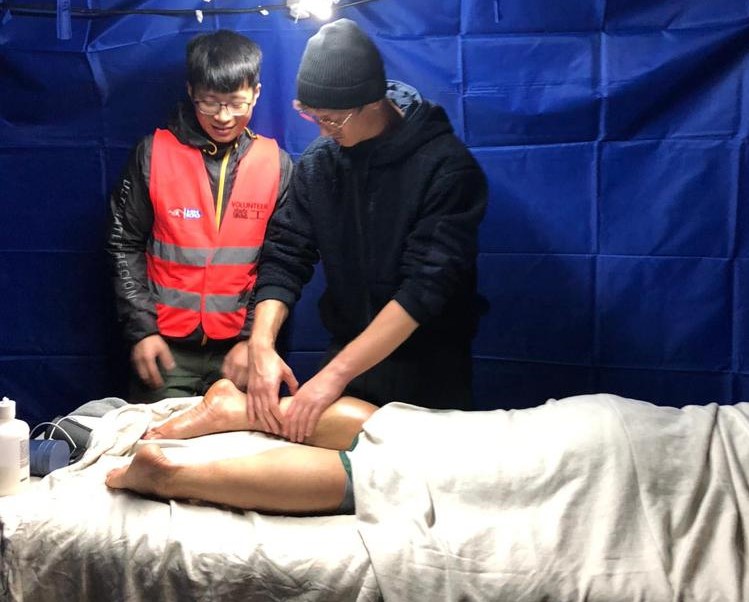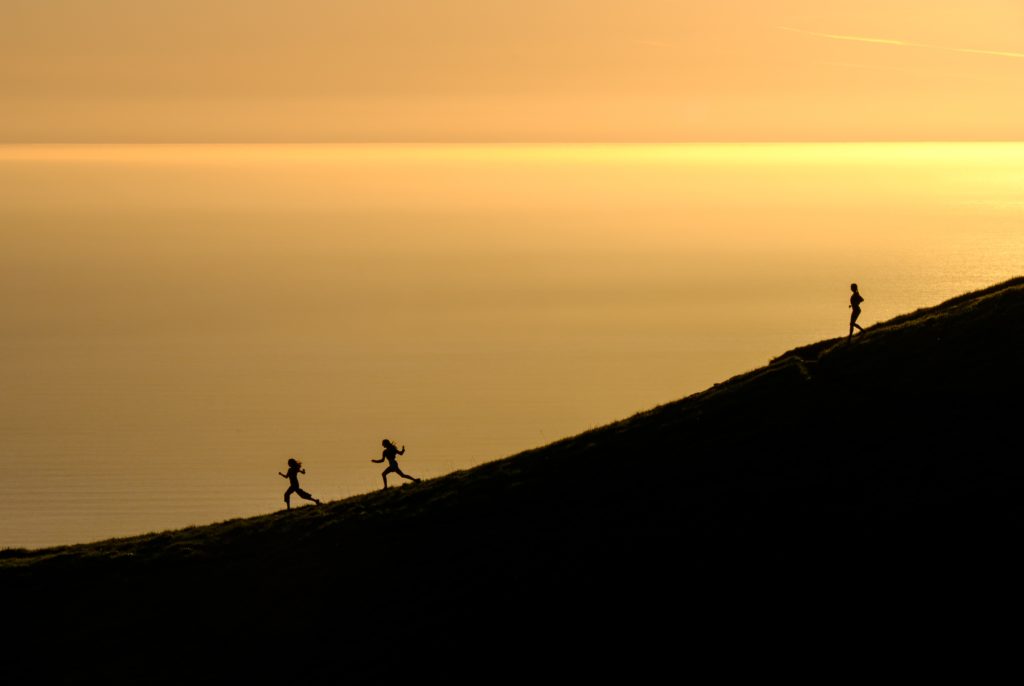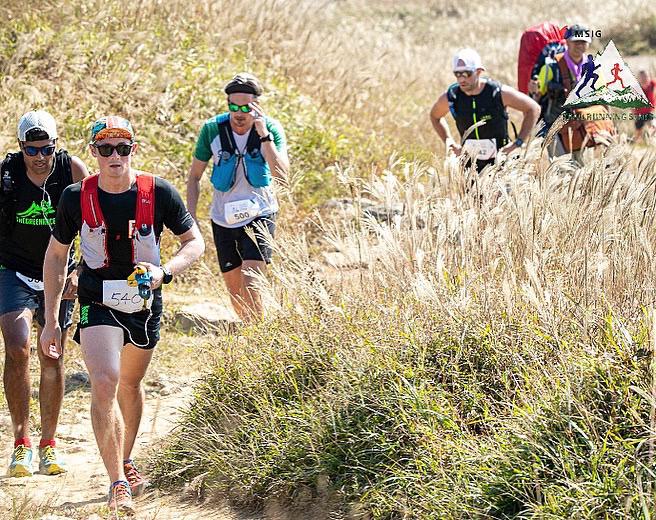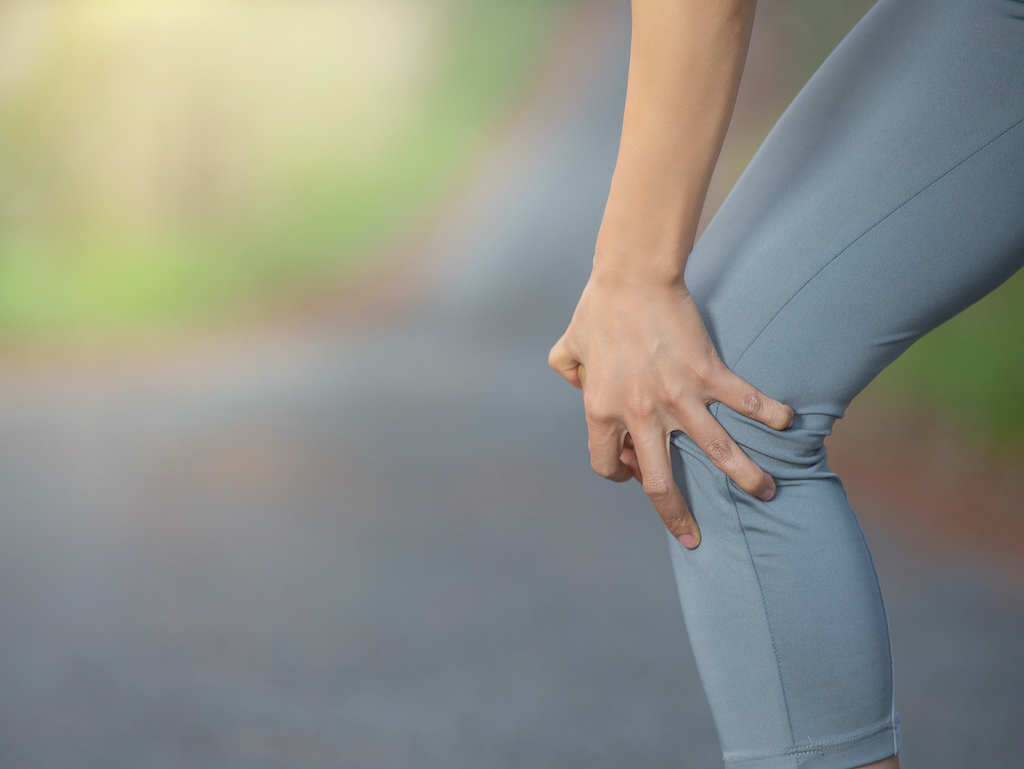4 Mins Read
In our Corona times, when so many of us have suddenly become either dedicated runners or master chefs, it’s easy to get over-enthusiastic about our new hobbies and end up in trouble. And while our mistakes in the kitchen can cost us a few wasted products (or perhaps a cut finger), running related mistakes can cause longterm consequences and damage our body in many ways.
Despite a popular misconception, knees are not the most common part of our body to get injured due to running. And definitely not on the trails – in fact they are much more gentle on our joints compared to paved roads. We humans have evolved to run on earth and mud.
“Trail running injuries tend to be a bit more varied compared to flat road running due to the technical nature of the uneven environment and downhill component”, explains Eddie Robinson, BSc HCPC MCSP Physiotherapist at Joint Dynamics.
“You tend to see traumatic injuries from falls – ankle sprains for example- and non-traumatic injuries such as anterior knee pain and hip pain”, he adds.

In a dynamic city, like Hong Kong, where most of us are overachievers and top students in the class, we runners tend to push way too hard and way too fast. Add to that a predominantly sedentary lifestyle and dysfunctional movement patterns – and we are set up for injury on the first downhill run, be it the uneven stairs in Soho or further off-piste routes on Lion Rock or Violet Hill. The last thing you want from your trail running experience is to end up in hospital. So, how to protect yourself?
Running from Coronavirus
Instead of worrying about potential injuries, a better approach is to prepare your entire body (not only your legs!) for trails. For Robinson, strength, balance, mobility, general conditioning and movement exercises are the gold standard. If our bodies don’t have the capabilities to match these demands, there will be an increased risk of injury.
“I have seen this [increased injury] a lot more recently during the COVID times, where people have added running into their weekly exercise”, shares Robinson and adds – A proactive approach is key for injury prevention, whether you’re new to running or a seasoned runner taking on a bigger challenge.

As nearly all major trail races have been canceled in Asia this year, there’s a sudden rise of virtual running challenges across the region and beyond. Asia Trail Girls (ATG), the new community that aims to encourage more women to discover and start trail running, is one example of a challenge organizer.
Founded by Asia’s best female trail runner in 2019, Veronika Vadovicova, ATG is currently running a vertical challenge (the idea is for participants to accumulate as much elevation as possible between a set number of dates) and brings together over 600 registered elite athletes and trail newbies around the world.
The leading team of four Hong Kong-based runners achieved 𝟑𝟑,𝟓𝟏𝟖 metres of elevation within the first 3 days of the challenge. For comparison and context, Hong Kong’s highest peak – Tai Mo Shan – stands at “only” 957m of elevation.

Is there a quick fix?
Although there’s no magic pill, strength and flexibility exercises will help you increase muscle strength, maintain bone density, improve balance and reduce joint pain.
These include push-ups, sit-ups, squats, lifting weights, working with resistance bands, and doing other activities, like yoga, cycling, or dancing. However, a lot of strength training is done on 2 legs, while “building strength, control and balance on a single leg is essential,” adds Robinson.
His go-to daily exercises to do at home would be calf and quadriceps stretches. Single leg calf stretches, single-leg hip thrusters, step ups and Bulgarian lunges are perfect for this. They focus on the bodies landing and push off phases.
Long story short? As easy as it might be look to start/increase your running volume, maintenance is key. Listen to your body, take breaks when needed, build up your muscles and joints strength, and work on your mobility to fully enjoy your next trail run.
Lead image courtesy of Freepix.




